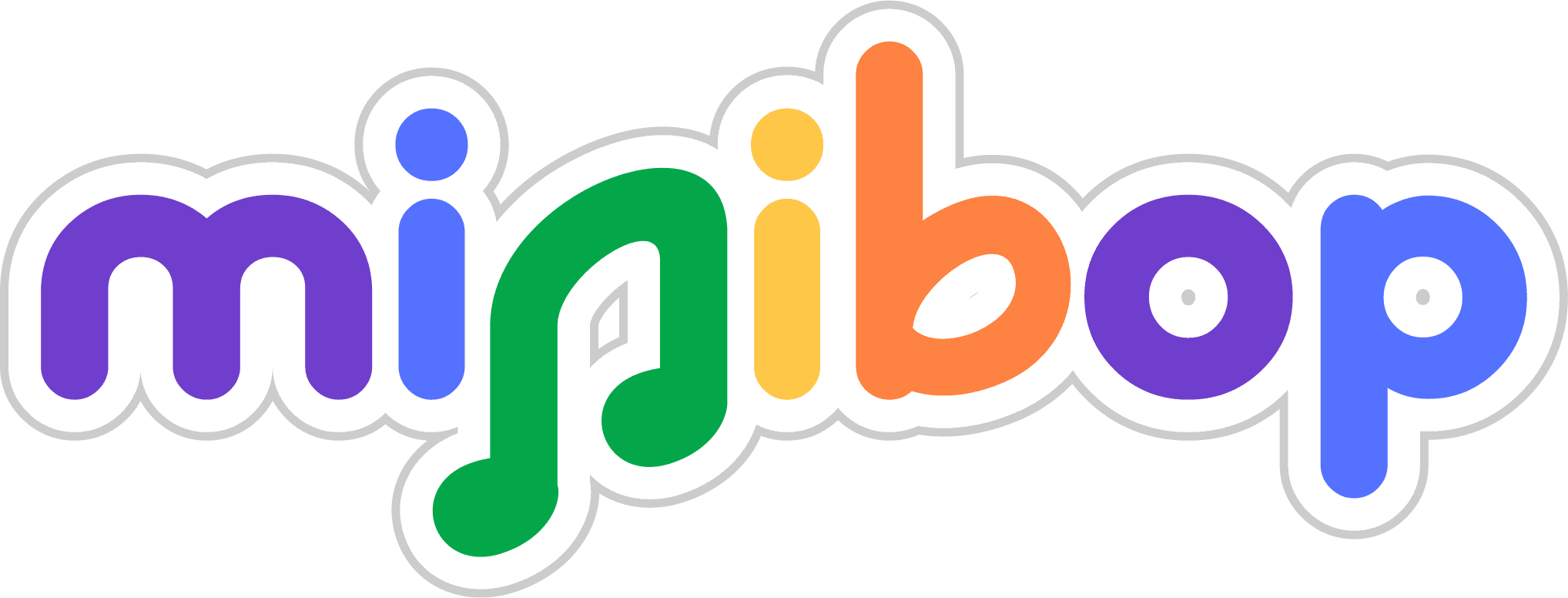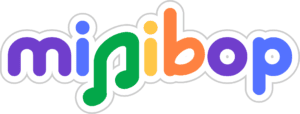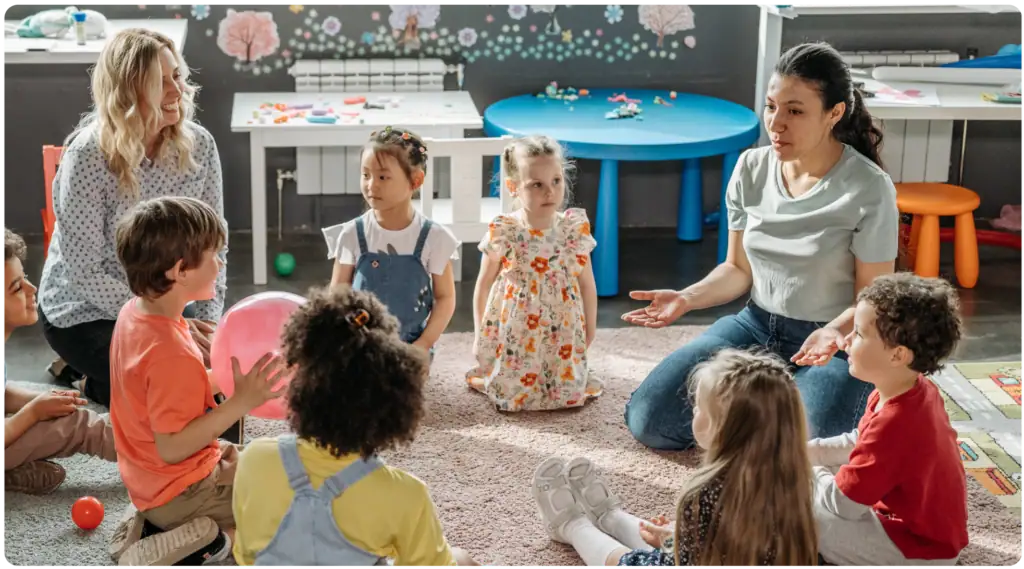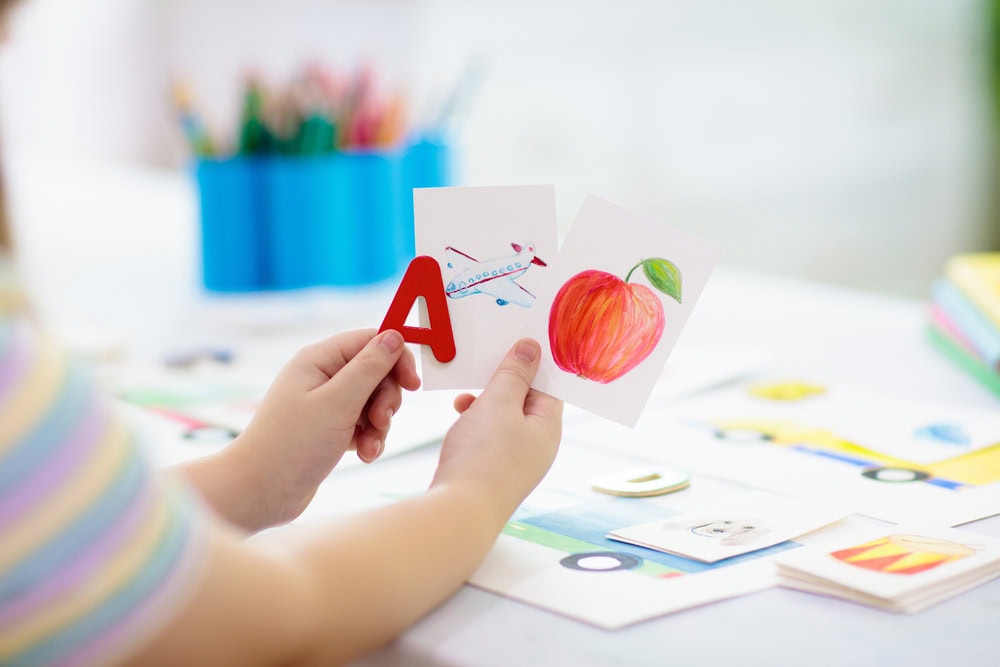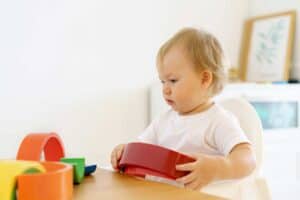Early literacy is the foundation for lifelong learning. As a parent guiding your homeschool language arts curriculum, you have a unique opportunity to nurture your child’s reading and writing skills from the very beginning. The good news is that you don’t need to stick to traditional methods. There are creative and effective ways to boost early literacy at home, making it both fun and engaging.
Just getting started researching preschool homeschool curriculums? Check out our comprehensive guide on how to choose the right one.
Phonics and Reading Readiness Activities
Phonics is the key to unlocking words. In your homeschool language arts curriculum, teaching phonics helps your child understand the relationship between letters and sounds, which is essential for reading. One simple activity is to create letter cards. Write each letter on a separate card and practice matching them with objects that start with that letter. For example, match the letter “B” with a picture of a ball. This hands-on activity helps children connect sounds to letters, a crucial skill in reading.
Another engaging way to teach phonics is through games. Try organizing a scavenger hunt where your child finds objects around the house that start with a specific letter. This makes phonics learning active and fun. Research from the National Reading Panel supports that children who engage in phonics activities develop stronger reading skills, making it an essential part of any preschool homeschool language arts curriculum.
Reading readiness goes beyond just recognizing letters. It’s also about fostering a love for books. Start by creating a cozy reading nook in your home, filled with a variety of books that are easy for your child to access. Spend time each day reading together, pointing out words, and asking questions about the story. This daily routine builds a love for reading and helps children become comfortable with books, making it a vital component of your homeschool language arts curriculum.
Using Songs and Rhymes to Enhance Language Skills
Songs and rhymes are powerful tools for language development. Incorporating music into your preschool homeschool language arts curriculum can help children learn the rhythm and patterns of language. Nursery rhymes, in particular, are excellent for introducing new vocabulary and improving memory. For instance, singing “Twinkle, Twinkle, Little Star” teaches words like “twinkle” and “diamond,” which might be new to your child.
Rhyming games can also be a fun and effective way to build language skills. You can play a simple game where you say a word and your child comes up with a word that rhymes. For example, if you say “cat,” your child might say “hat.” This activity helps them recognize patterns in language and prepares them for reading, seamlessly integrating into your preschool homeschool curriculum as a whole.
Research shows that music and language learning go hand in hand. According to studies published by Frontiers in Psychology, children who regularly engage in musical activities like singing and rhyming develop better language skills. These activities make learning feel like play, which keeps children motivated and engaged—a perfect fit for your language arts homeschool curriculum.
Learn more about the benefits of incorporating music in your preschool homeschool curriculum at our article “10 Benefits of Incorporating Music into Your Preschool Homeschool Curriculum”
Looking for done-for-you lessons and activities that thoughtfully combine early literacy learning with engaging musical play? Minibop’s CLIMB Preschool Homeschool Curriculum gives you access to lessons, activities, live online classes and more. Harmonize your homeschool with Minibop!
Multi-Sensory Approaches to Early Writing
Writing should be a multi-sensory experience for young children. In your preschool language arts homeschool curriculum, it’s important to involve as many senses as possible in the learning process. One simple strategy is to use sand or salt trays for letter formation. Have your child trace letters in the sand with their finger. This tactile experience reinforces the shape and feel of each letter.
Another effective approach is to use playdough. Children can roll out playdough to form letters or even simple words. This hands-on activity strengthens fine motor skills while making writing more enjoyable. You can also use finger paints or shaving cream on a tray to practice writing letters. The messier, the better—it’s all about making learning fun and memorable, which is essential in any homeschool language arts program.
Storytelling through drawing is another creative strategy. Encourage your child to draw pictures that tell a story. After drawing, ask them to describe what’s happening in the picture. You can help them write simple words or sentences to go along with their drawings. This activity connects creativity with early writing skills, making the process more engaging and enriching your language arts curriculum.
Studies support the effectiveness of multi-sensory learning. According to research from Edutopia, multi-sensory approaches help children retain information better. When children use their senses to explore letters and words, they build stronger connections in their brains, supporting their overall literacy development—key outcomes in any homeschool preschool language arts program.
Conclusion
Boosting early literacy doesn’t have to be complicated. By using creative strategies like phonics games, songs, and multi-sensory writing activities, you can make reading and writing a joyful part of your preschool homeschool language arts curriculum. The goal is to make learning fun and engaging. The more your child enjoys these activities, the more likely they are to develop strong literacy skills that will serve them throughout their lives.
Start incorporating these strategies today, and watch your child’s love for reading and writing grow. With the right tools and a little creativity, your preschool homeschool language arts curriculum can help your child build a solid foundation for lifelong learning.
